Growing Focus on Preventive Care
The Fetal and Neonatal Monitoring Market is witnessing a growing emphasis on preventive care, which is reshaping healthcare practices. As awareness of maternal and neonatal health issues increases, healthcare providers are prioritizing early detection and intervention strategies. This shift is leading to a higher demand for fetal and neonatal monitoring solutions that can identify potential complications before they escalate. According to recent data, the market for fetal monitoring devices is projected to grow at a compound annual growth rate of over 6% in the coming years. This focus on preventive care not only enhances patient safety but also reduces healthcare costs associated with late-stage interventions.
Rising Incidence of High-Risk Pregnancies
The Fetal and Neonatal Monitoring Market is significantly influenced by the rising incidence of high-risk pregnancies. Factors such as advanced maternal age, obesity, and pre-existing health conditions contribute to this trend, necessitating more rigorous monitoring of both mothers and infants. Healthcare providers are increasingly relying on advanced monitoring technologies to manage these high-risk cases effectively. The demand for continuous fetal monitoring systems is expected to grow, as they provide critical data that can inform clinical decisions and improve outcomes. This trend underscores the importance of investing in robust monitoring solutions to address the complexities associated with high-risk pregnancies.
Technological Advancements in Monitoring Devices
The Fetal and Neonatal Monitoring Market is experiencing a surge in technological advancements, particularly in the development of non-invasive monitoring devices. Innovations such as wireless fetal monitors and advanced ultrasound technologies are enhancing the accuracy and efficiency of fetal assessments. These devices not only improve the quality of care but also reduce the time spent in monitoring, which is crucial in emergency situations. The integration of artificial intelligence and machine learning into monitoring systems is also gaining traction, allowing for real-time data analysis and predictive analytics. This trend is expected to drive market growth, as healthcare providers increasingly adopt these advanced technologies to improve patient outcomes and streamline operations.
Increased Investment in Healthcare Infrastructure
The Fetal and Neonatal Monitoring Market is benefiting from increased investment in healthcare infrastructure across various regions. Governments and private entities are allocating substantial resources to enhance maternal and child health services, which includes upgrading monitoring facilities. This investment is crucial for improving access to quality healthcare, particularly in underserved areas. Enhanced infrastructure facilitates the adoption of advanced monitoring technologies, thereby improving the overall quality of care. As a result, the demand for fetal and neonatal monitoring devices is expected to rise, driven by the need for reliable and efficient monitoring solutions in modern healthcare settings.
Increasing Awareness of Maternal and Infant Health
The Fetal and Neonatal Monitoring Market is experiencing growth driven by increasing awareness of maternal and infant health issues. Educational campaigns and initiatives aimed at promoting healthy pregnancies and neonatal care are gaining momentum. This heightened awareness is leading to a greater demand for effective monitoring solutions that can ensure the well-being of both mothers and their newborns. As healthcare providers respond to this demand, the market for fetal and neonatal monitoring devices is expected to expand. The focus on maternal and infant health not only enhances patient care but also fosters a culture of proactive health management, which is essential for improving overall health outcomes.


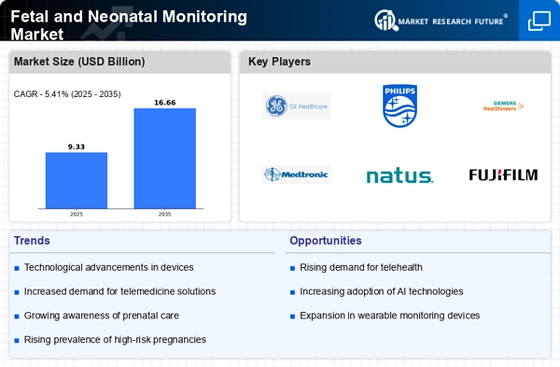
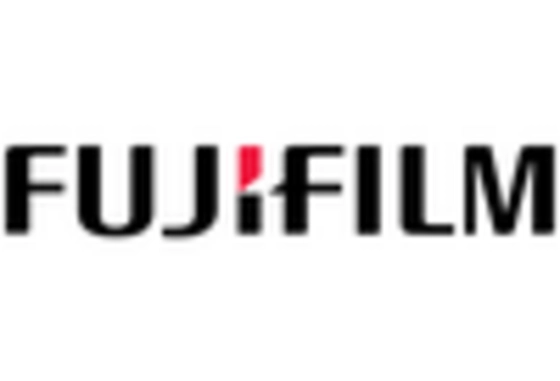
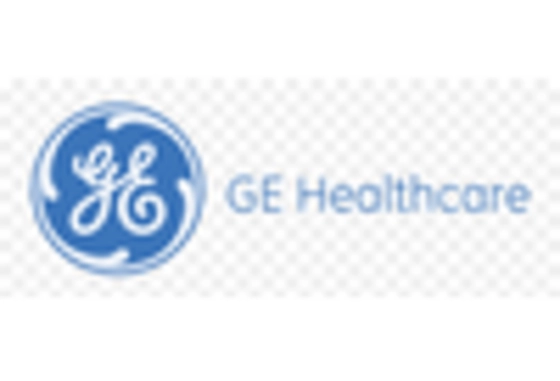

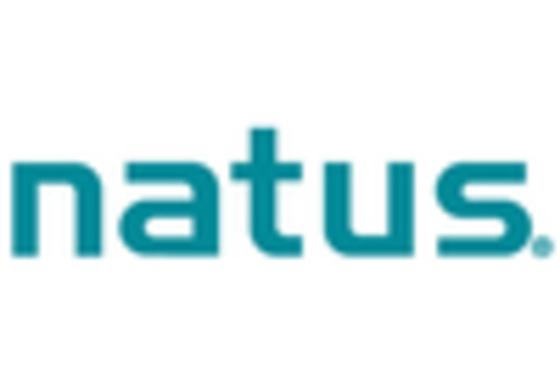
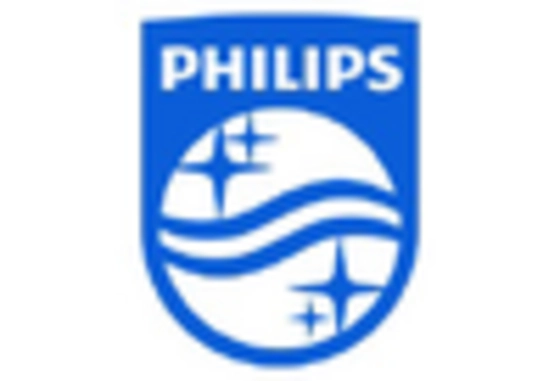









Leave a Comment